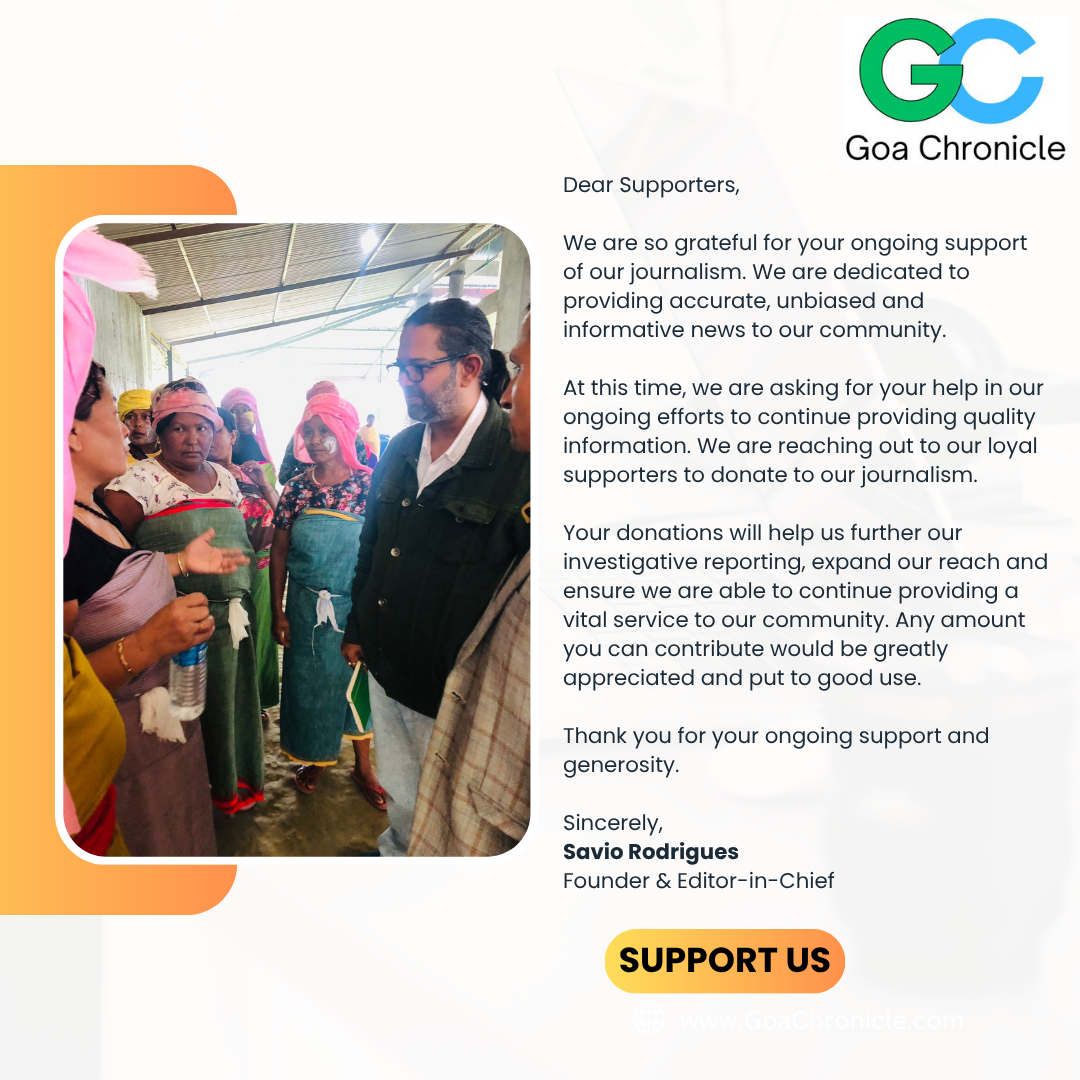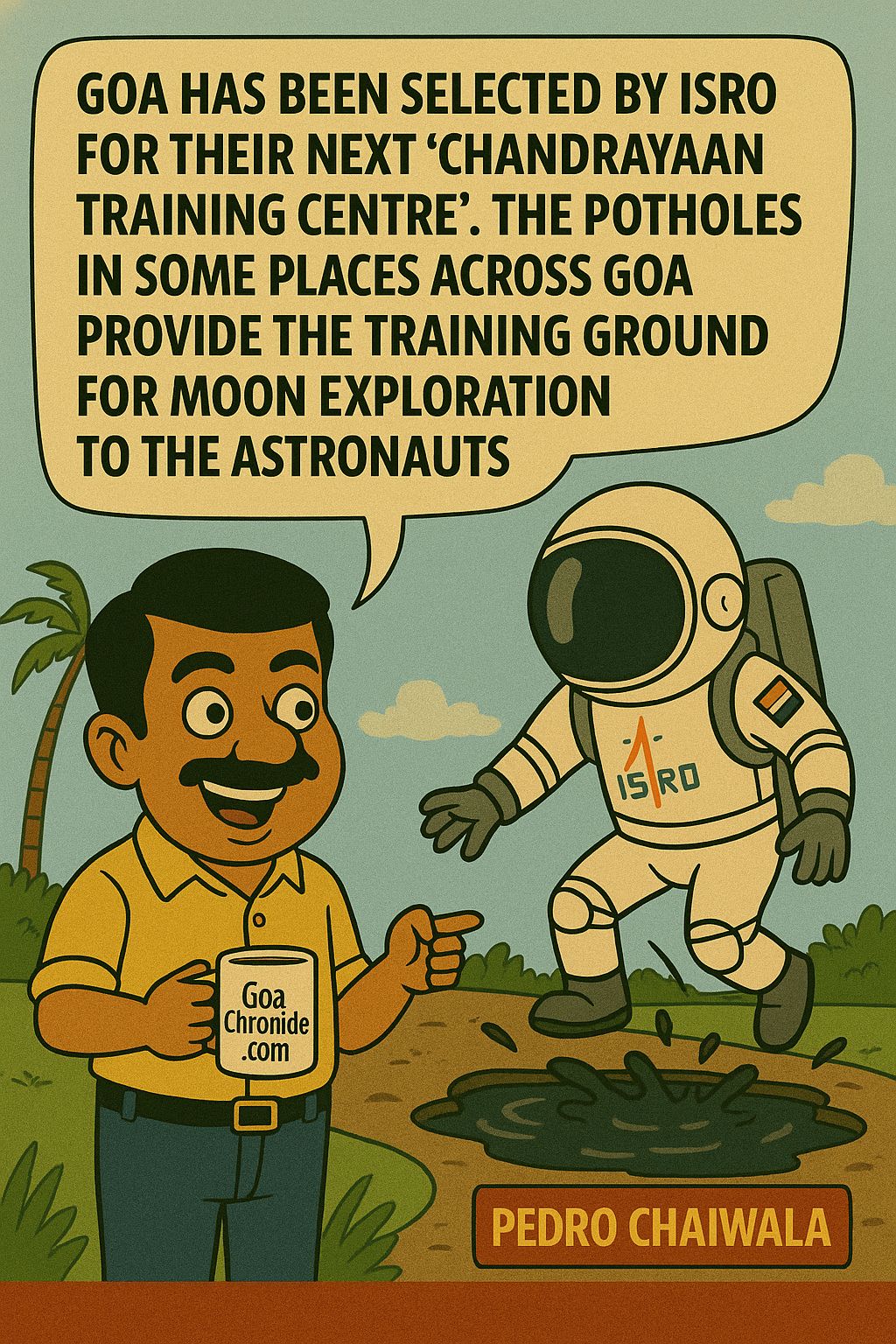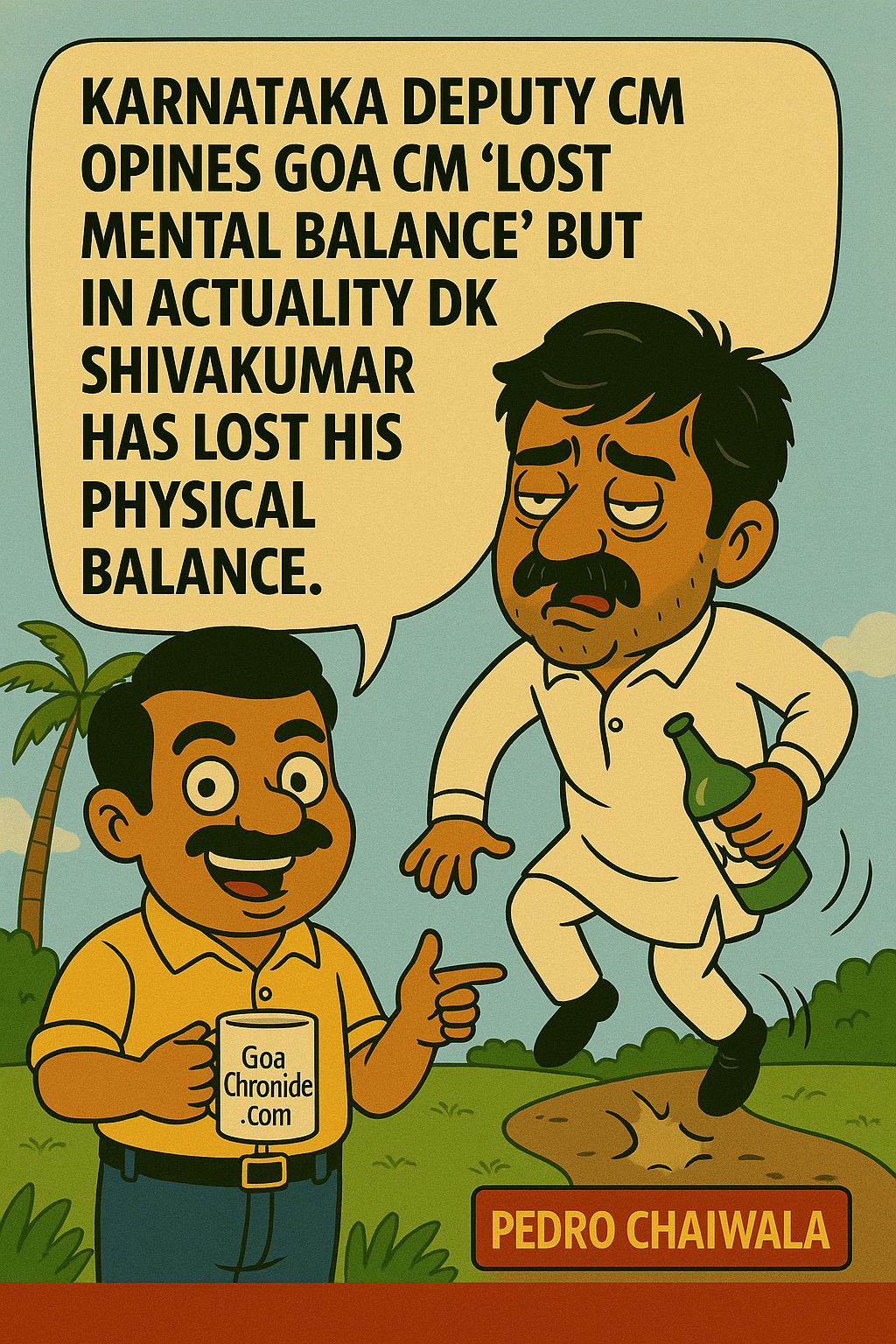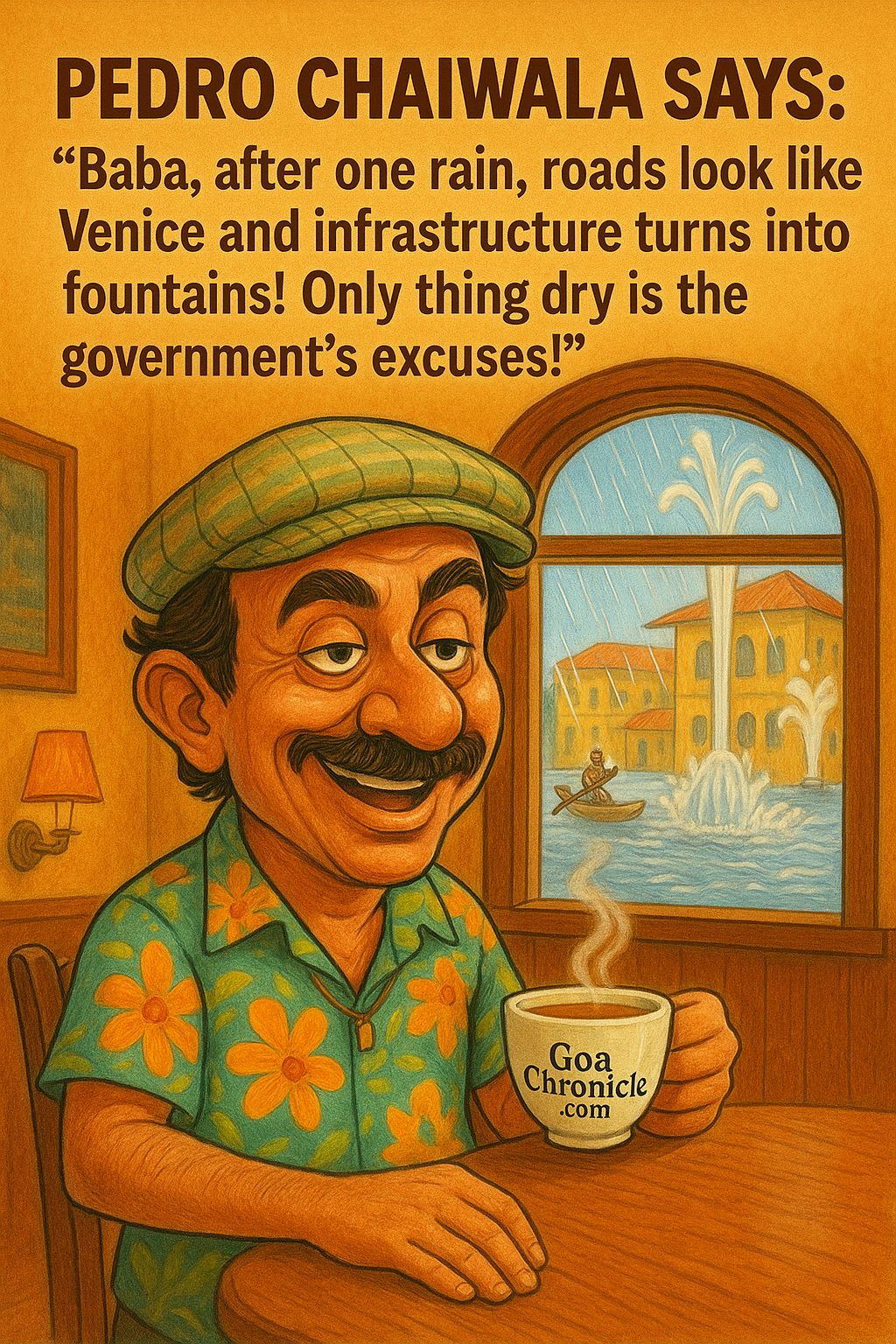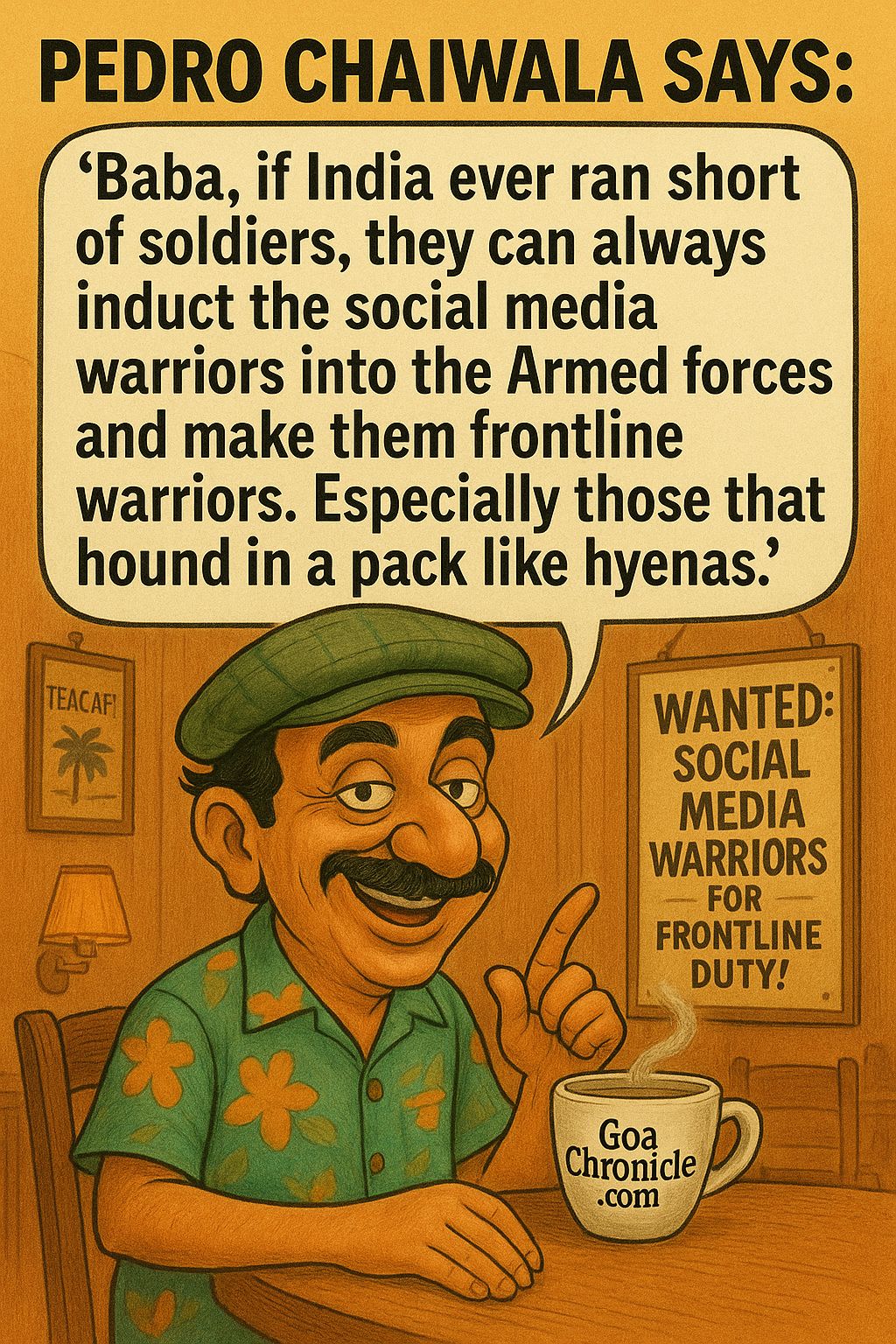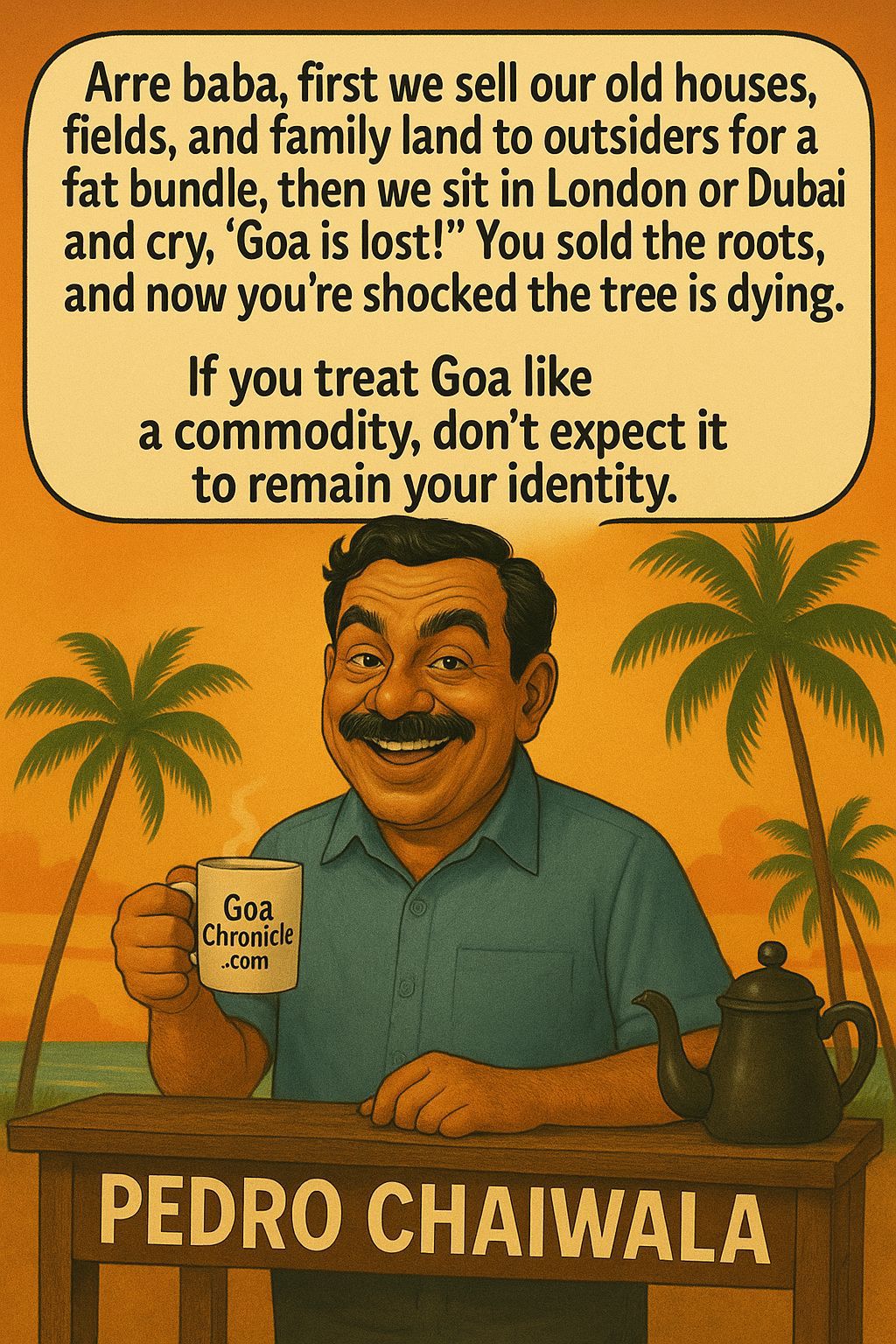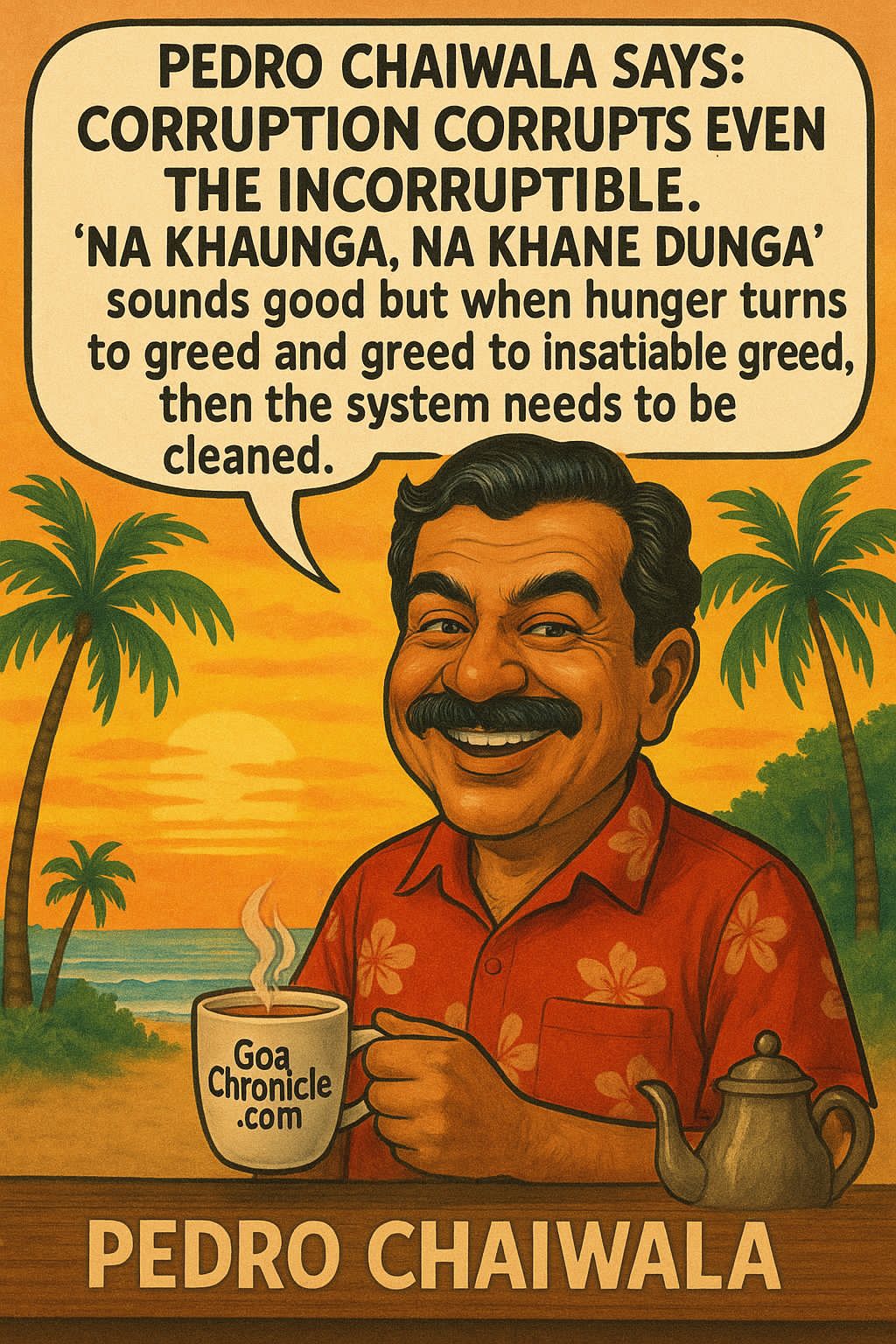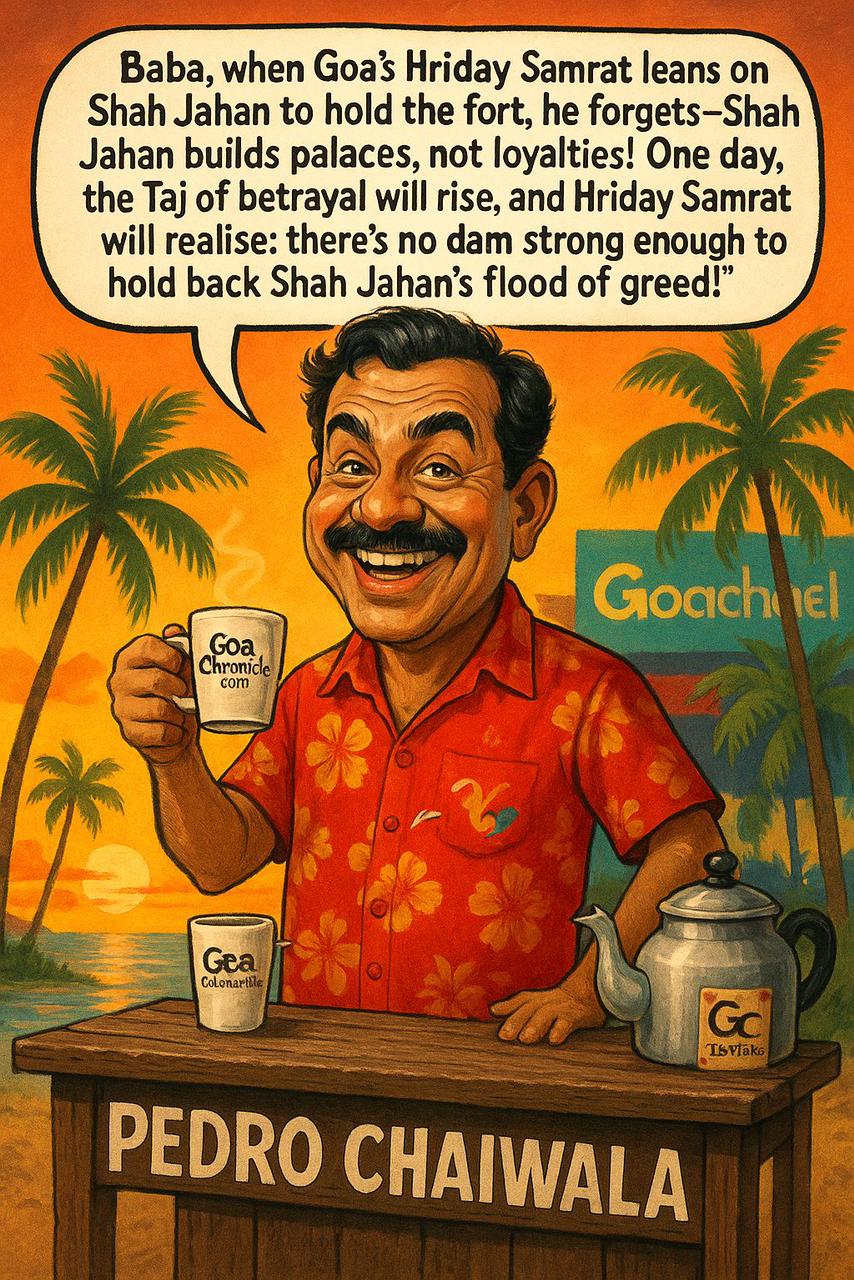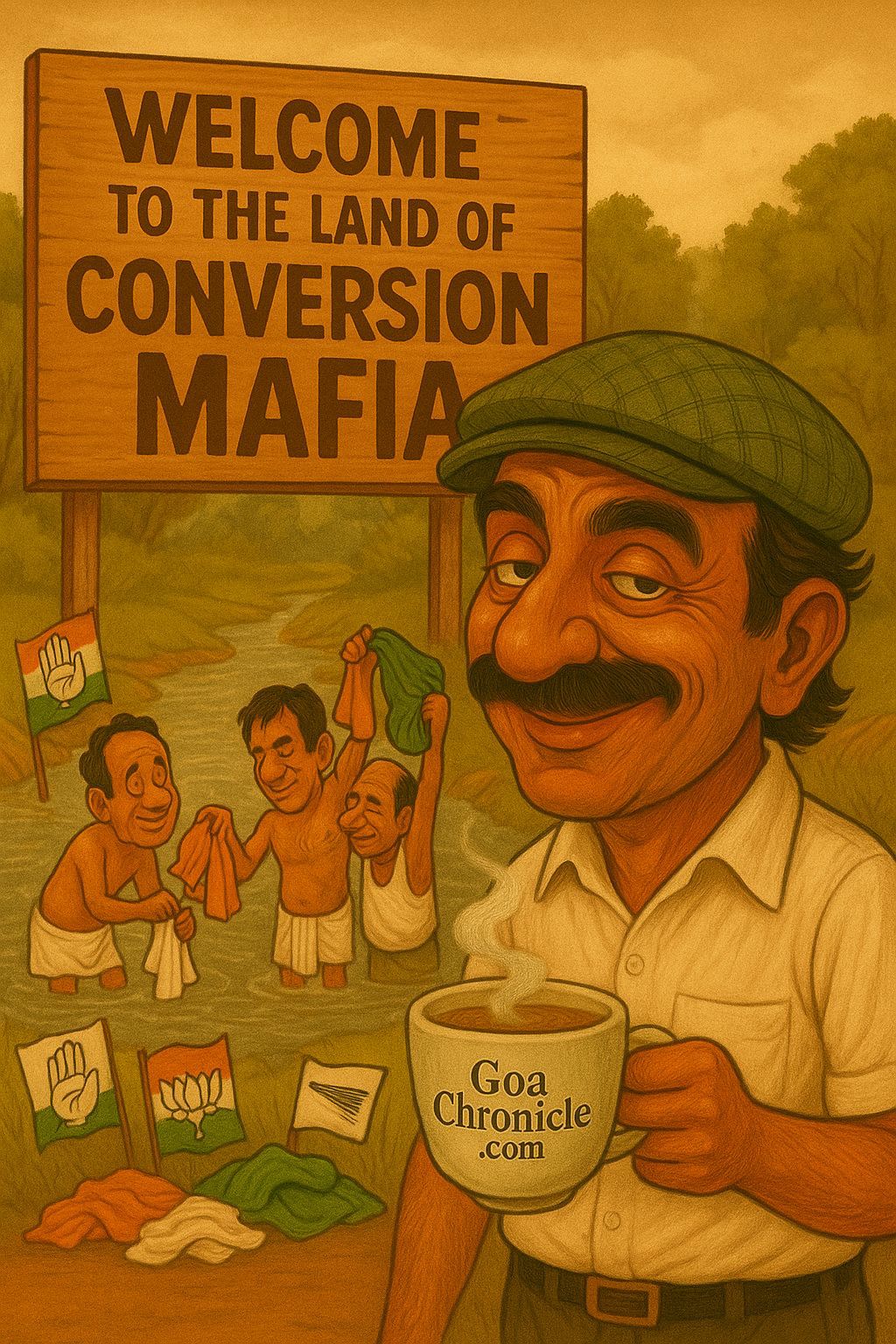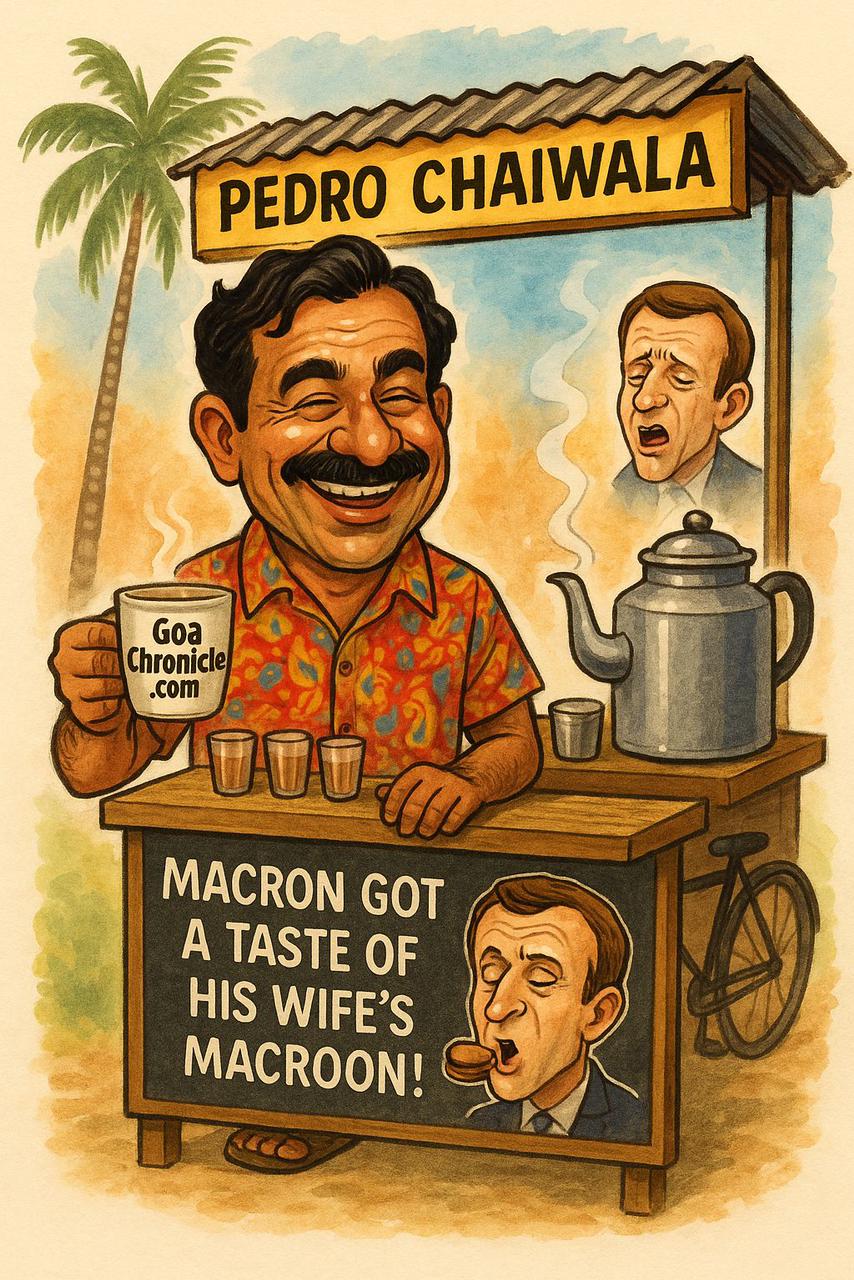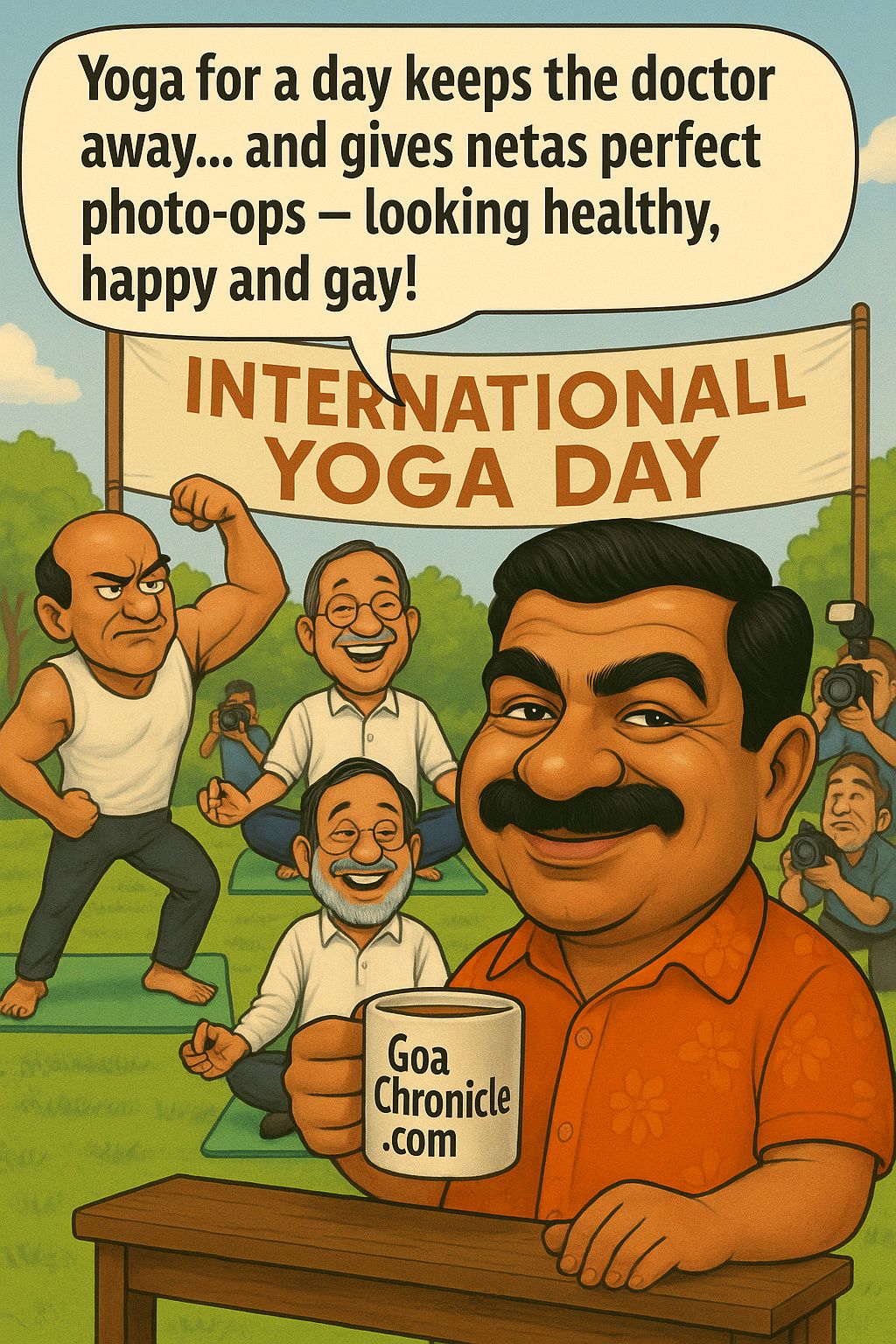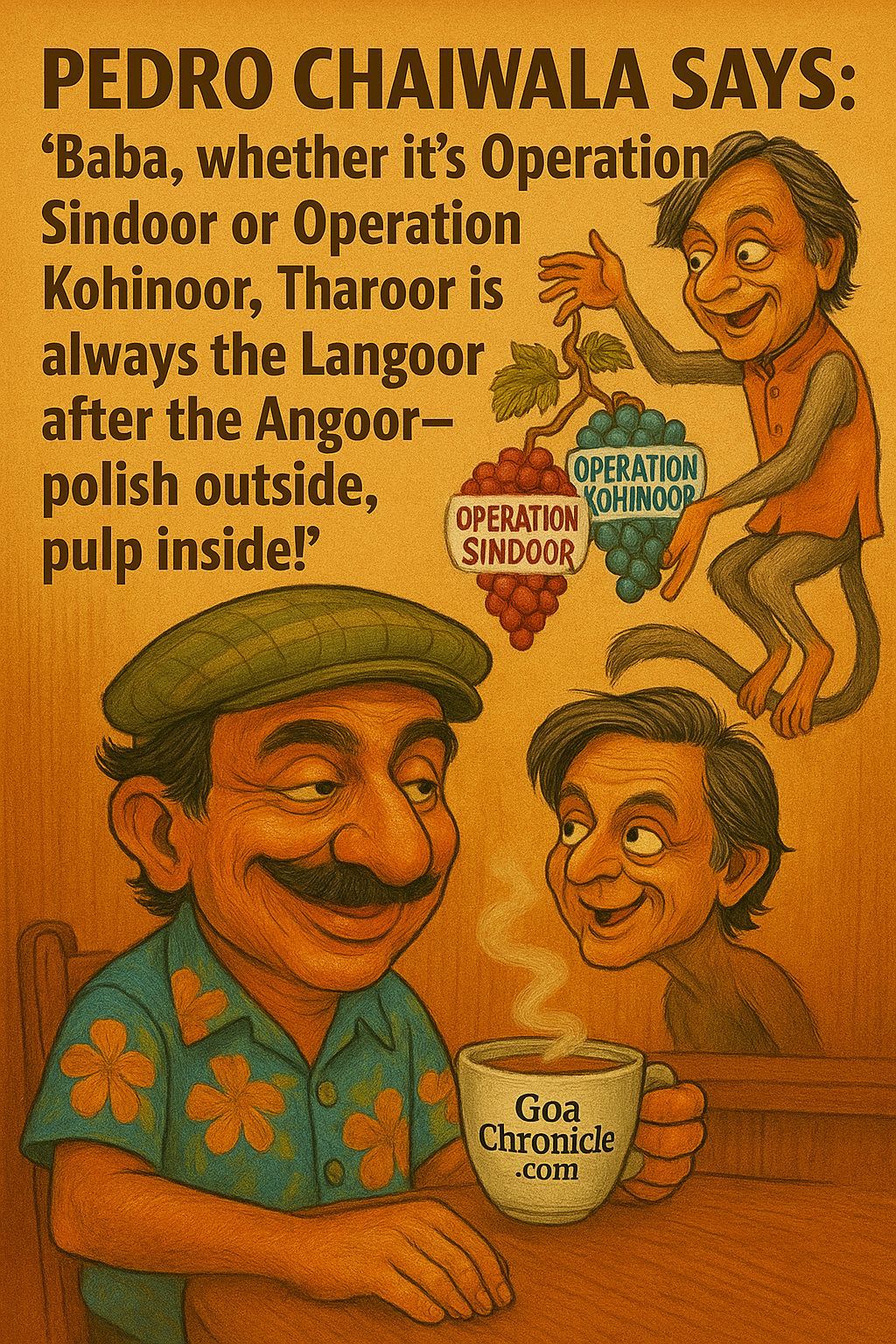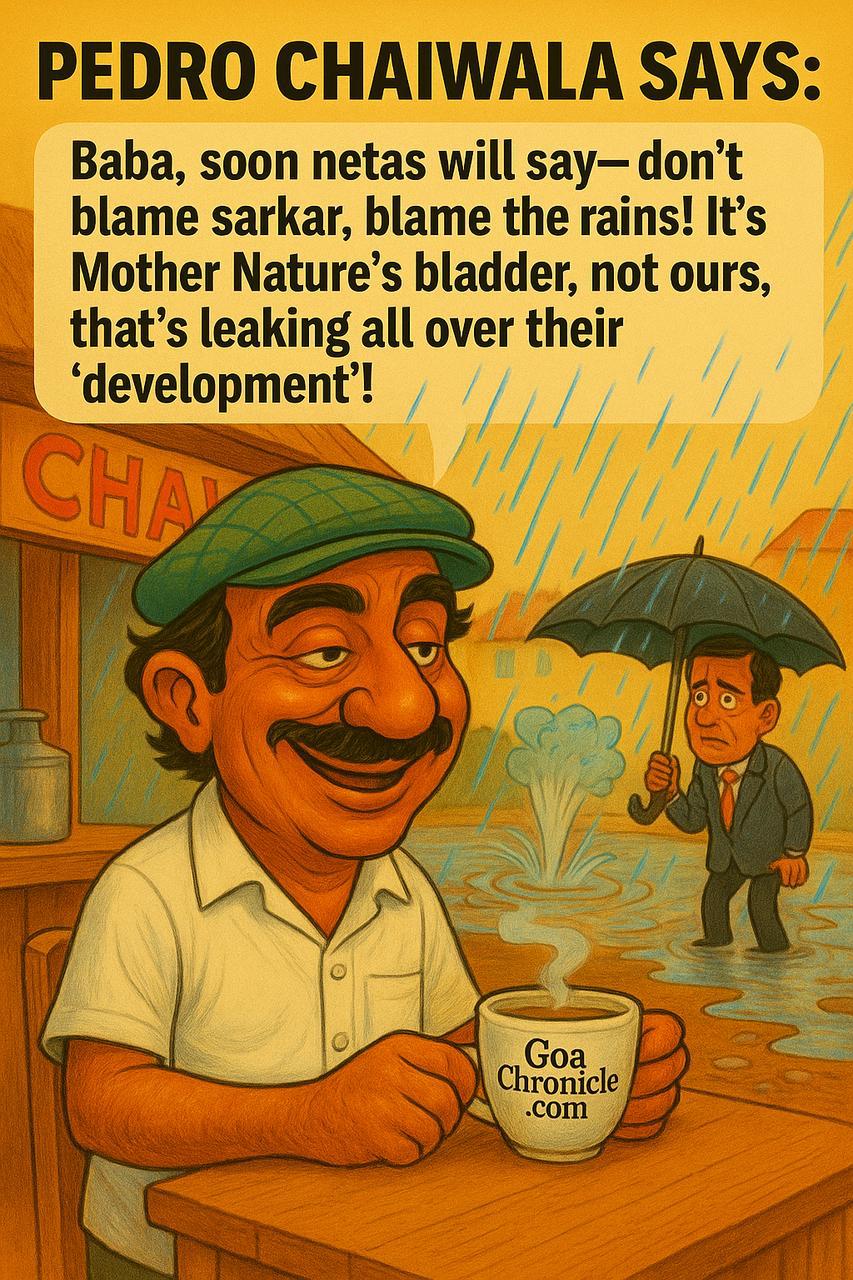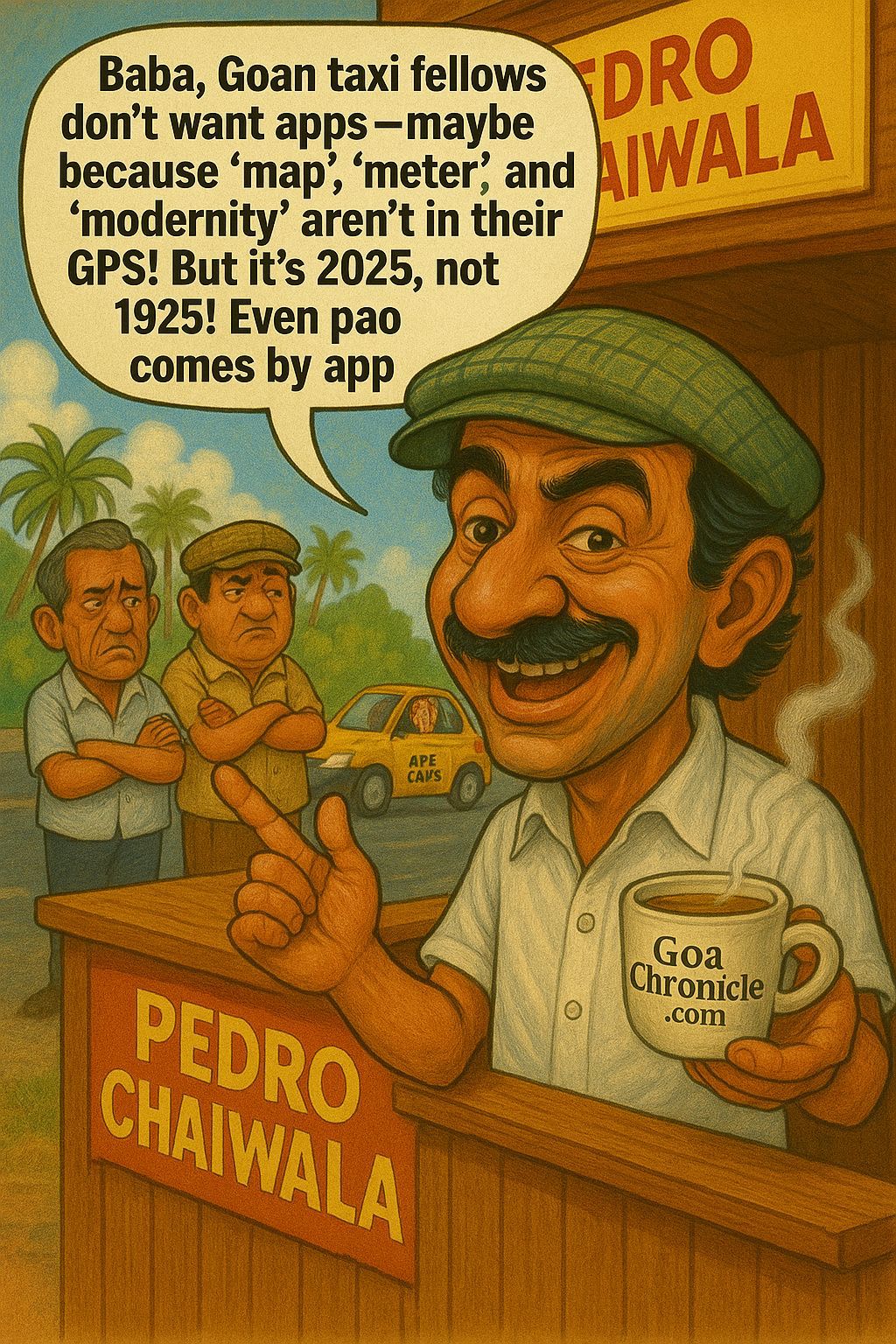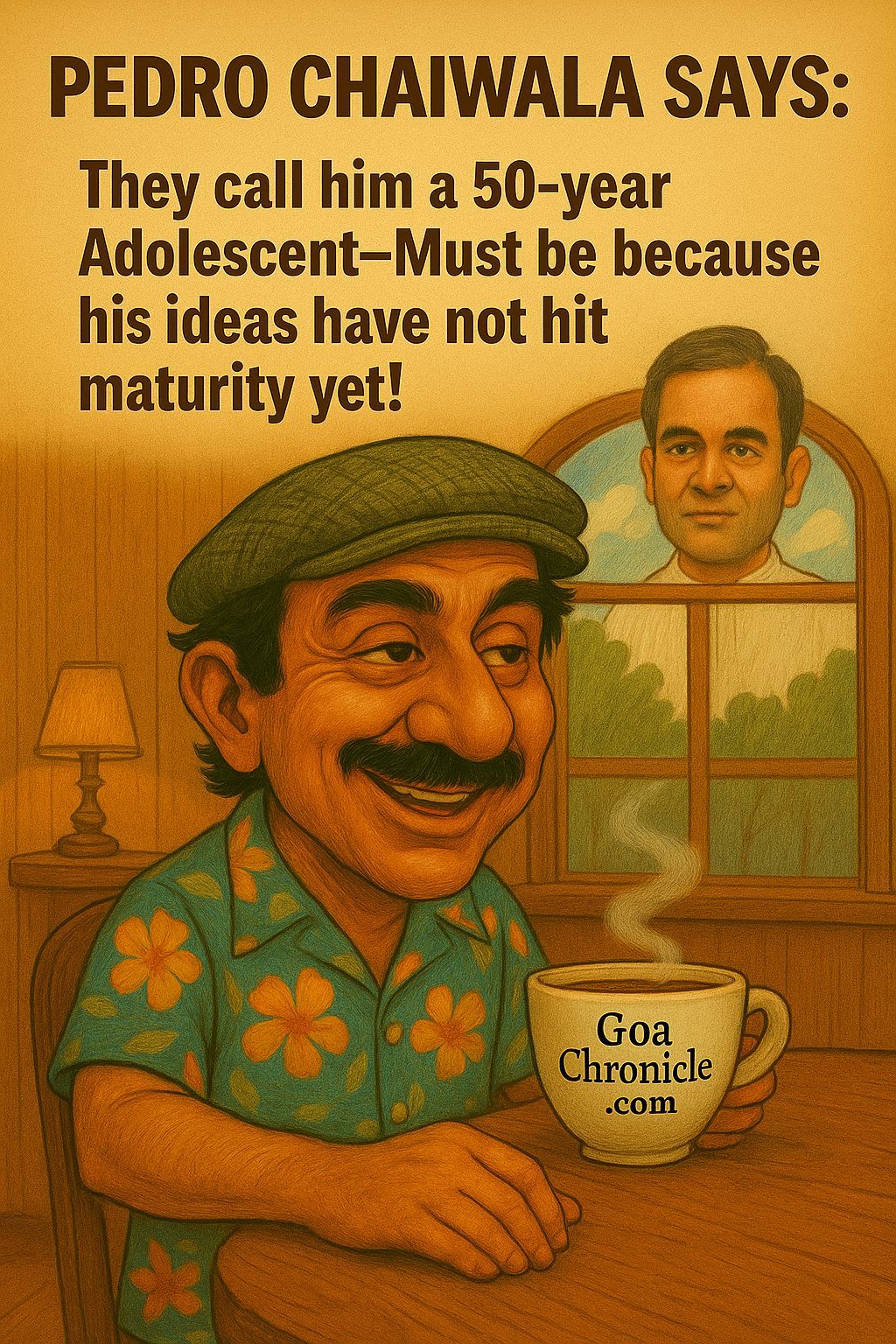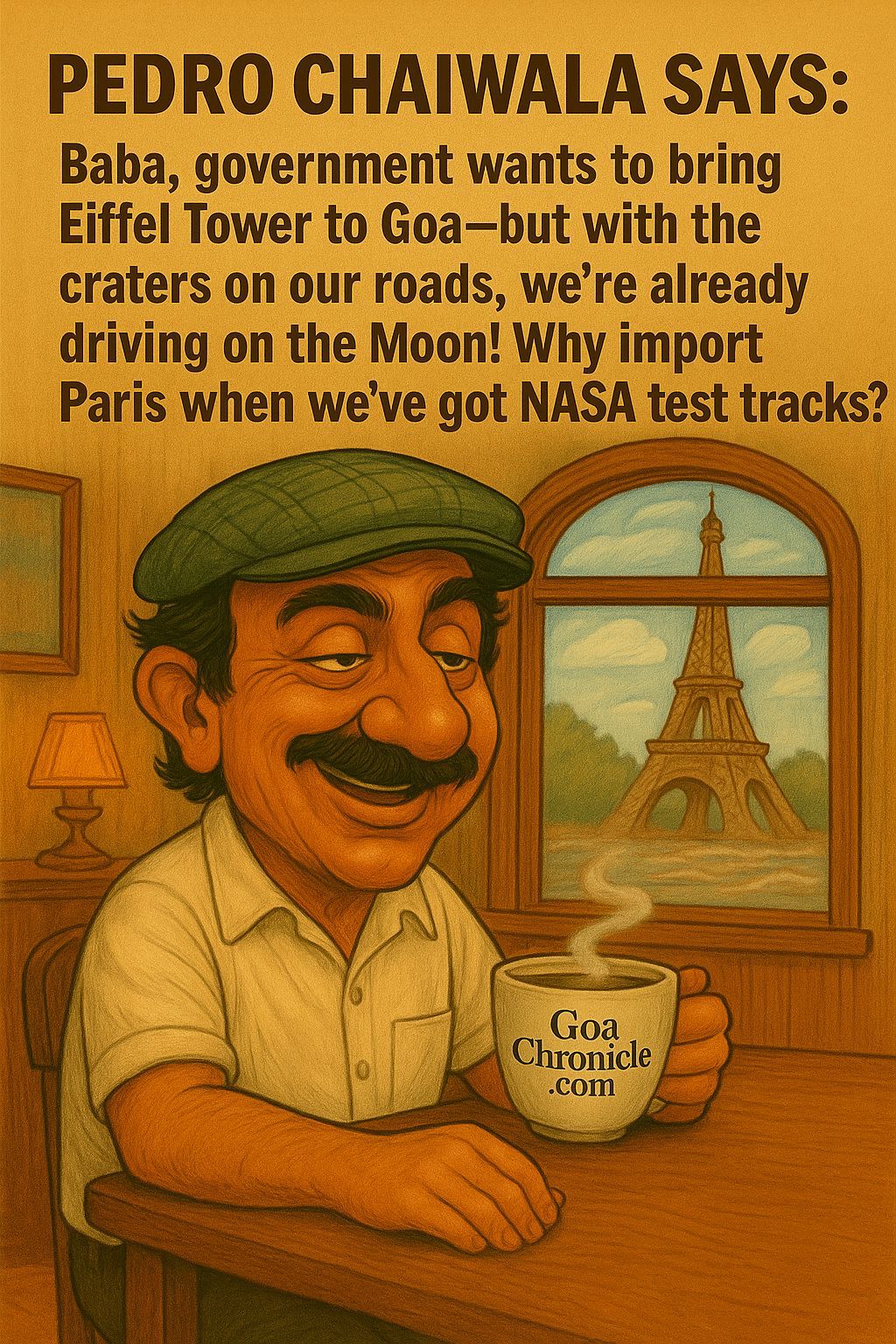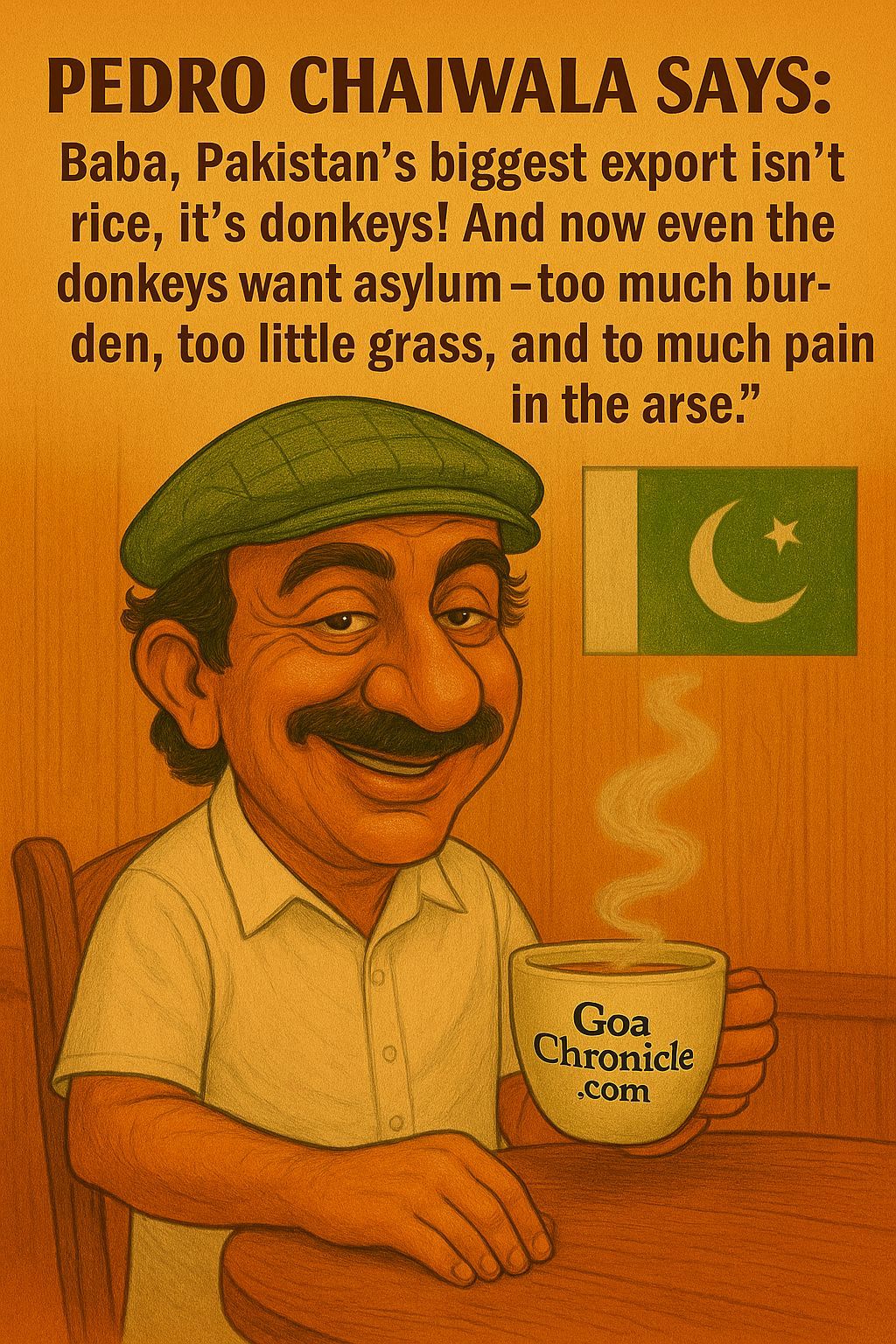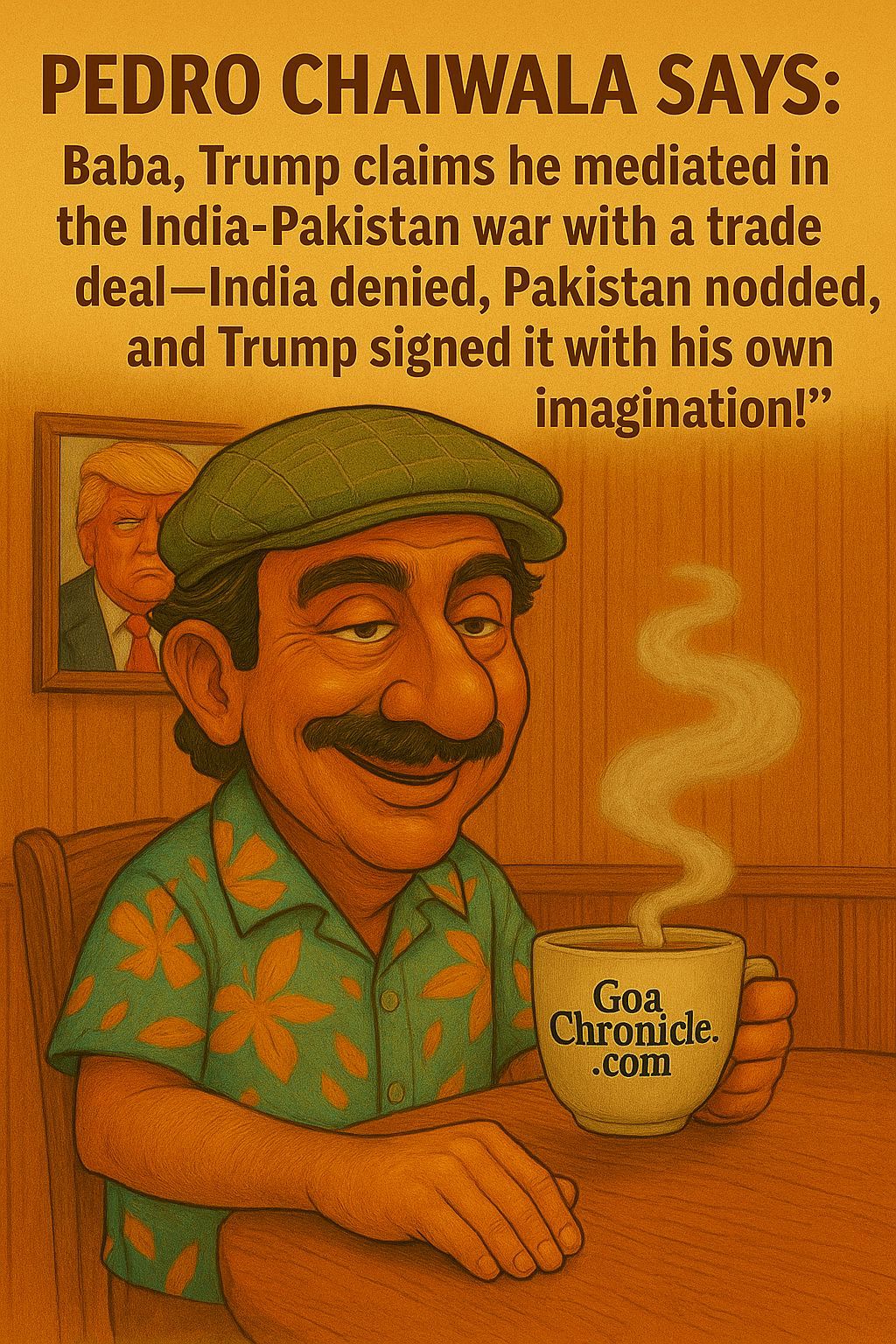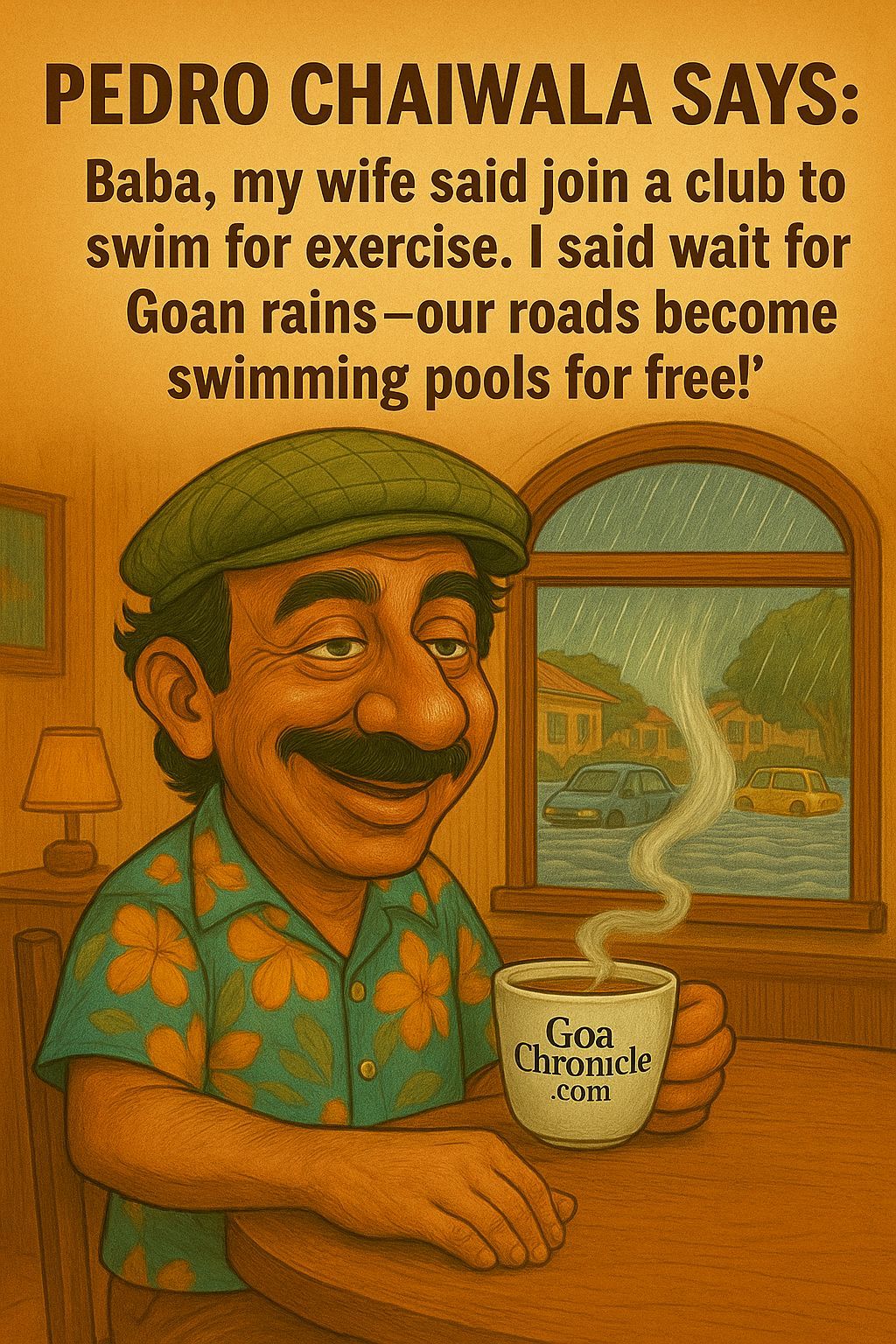Let’s not beat around the bush.
The claim that “minorities are in danger in India” has been repeated so often by political opportunists, agenda-driven activists, and sections of the international media that it’s almost become gospel in elite circles. But propaganda doesn’t become truth just because it’s echoed loudly.
As a practising Christian, a journalist, a politician and an Indian who has travelled across the length and breadth of this nation — I’ll say this without hesitation: minorities are not in danger in India. But the truth is.
India is home to over 275 million minorities — Muslims, Christians, Sikhs, Buddhists, Jains, and Parsis. That’s nearly one-fifth of the population, and greater than the total population of most countries. If minorities were in existential danger, India would be in a state of civil war — not the world’s largest, most vibrant democracy.
In fact, minorities thrive in India’s political, business, cultural, and judicial landscape. The country has had Muslim Presidents, Christian Chief Ministers, Sikh Prime Ministers, and minority judges on the Supreme Court bench. Top Bollywood stars, captains of industry, and global CEOs are from minority communities.
Oppression? Hardly.
Let’s be honest. Fear is a currency — politically valuable and electorally profitable. The idea of danger is more useful than actual danger.
Political parties that once monopolized the “minority vote” are desperate to keep communities anxious. Activist groups, many funded by foreign interest lobbies, need a “villain” to stay relevant. And parts of the media? They chase TRPs, not truth.
So they take isolated incidents — a communal clash, a criminal dispute, a land issue involving a church or mosque — and blow it up into a “minority under siege” narrative. Context is killed. Facts are filtered. And suddenly, India is painted as a Hindu majoritarian hellhole.
That’s not journalism. That’s agenda.
As an Indian Christian, I reject the victimhood narrative being manufactured on our behalf.
Christians in India run some of the country’s finest schools, colleges, hospitals, and charities. We are well-represented in bureaucracy, politics, the judiciary, media, and the arts. We are free to practise our faith, build churches, hold conventions, and run missions. Where is this systemic oppression?
Yes, there have been sporadic attacks on churches. But investigations often reveal local disputes, thefts, or political provocations — not religious hate crimes. Yet these incidents are weaponised by international media and NGOs to project India as a nation of religious intolerance.
They are not interested in facts. They are invested in fear.
India’s Muslim population — over 200 million — is the third largest in the world, after Indonesia and Pakistan. They are represented in every sphere of public life. No law restricts their religious practice, personal laws, or religious institutions. In fact, several Islamic practices are legally protected under India’s unique secular model.
But here too, the fear narrative is pushed hard. Every comment by a fringe politician is amplified. Every law enforcement action is given a communal colour. Every policy — from the Citizenship Amendment Act (CAA) to Uniform Civil Code (UCC) — is projected as anti-Muslim, even when the facts suggest otherwise.
The goal? Not to protect Muslims — but to politically manipulate them.
The silence of these “liberals” is deafening when Kashmiri Pandits are ethnically cleansed, when Hindus are lynched in Bengal, or when Sikh families are attacked in Punjab by Khalistani extremists.
Apparently, minority rights matter only when the attacker is Hindu and the victim is a religious minority. Reverse the equation, and suddenly everyone goes mute.
This is not secularism. This is selective outrage.
India is a civilisation that has historically embraced all faiths. Jews found refuge here after fleeing persecution. Zoroastrians (Parsis) were welcomed. Christians have lived here since the first century. Islam flourished here not just through conquest, but also culture.
Where else in the world do all religions coexist with constitutional protection and democratic rights?
Yes, India has its problems. Hate crimes exist. Bigotry exists — in every community. But they are not the rule. They are the exception. And our democracy deals with them through law, not appeasement.
The real minority that’s under threat today is truth.
It is under attack by:
• Politicians who treat communities as vote banks.
• Media houses that profit from division.
• NGOs who peddle half-truths for international funding.
• Academics who paint India in black-and-white, ignoring its vibrant complexity.
Their goal is simple: Keep minorities in fear, and the nation divided.
So, are minorities in danger in India?
No. But the truth is in danger — from those who benefit by keeping us divided.
The average Indian, whether Hindu, Muslim, Christian, Sikh, or any other faith, wants peace, prosperity, and progress. India isn’t a perfect country. But it’s not the dystopia it’s made out to be.
As minorities, we must speak for truth, not fall for fear. We must reject those who thrive on division and stand with those who work for unity.
Because in India, we are not just minorities or majorities — we are Indians first.
And that’s our greatest strength.





